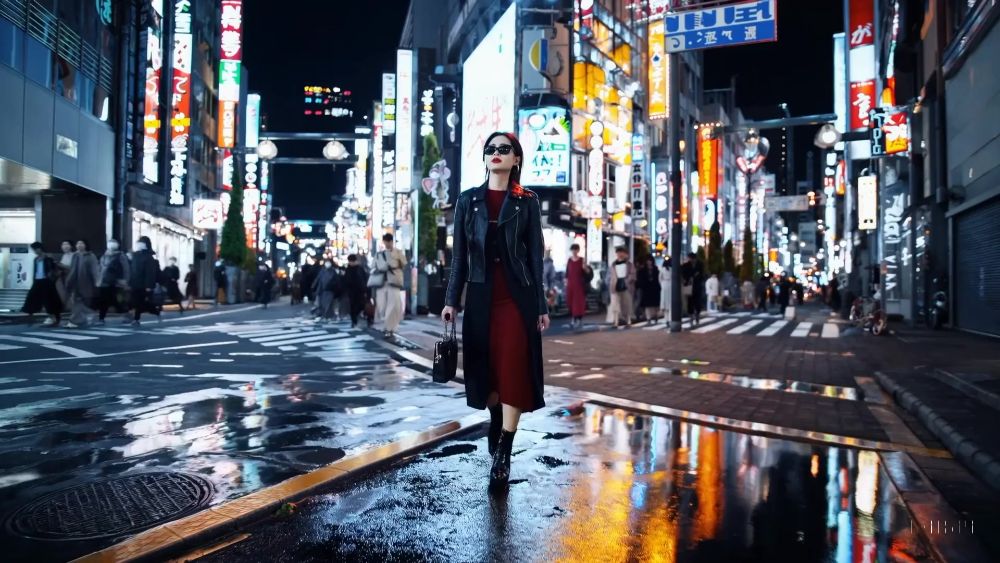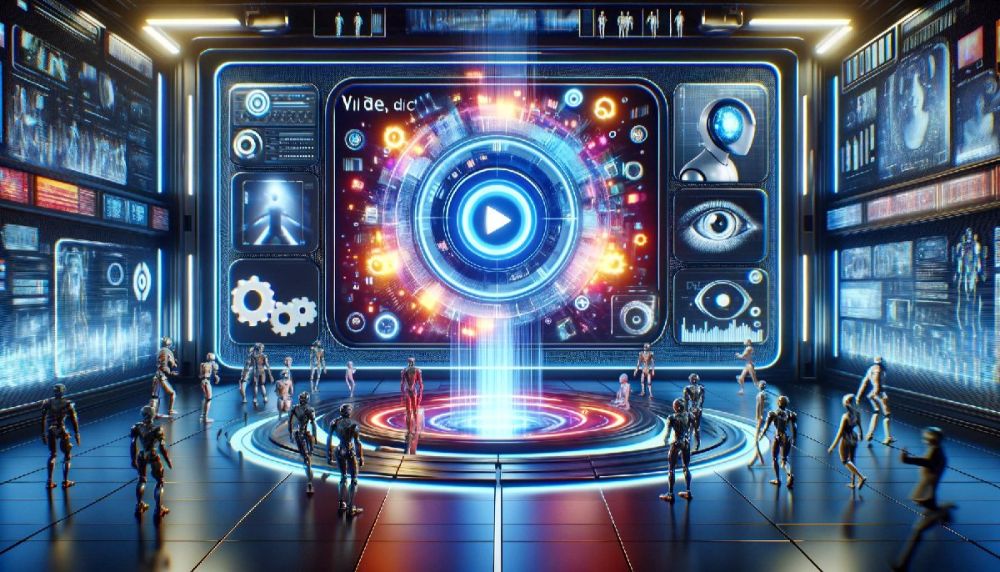OpenAI, the innovative minds behind ChatGPT, have unleashed their latest creation onto the digital landscape: Sora. This cutting-edge AI model is causing ripples of excitement across the internet for its mind-blowing ability to transform simple text prompts into fully realised one-minute videos.

Dubbed Sora, this revolutionary AI has been developed with the aim of comprehending and simulating the dynamics of the physical world in motion. The OpenAI Sora blog elucidates, “We’re teaching AI to understand and simulate the physical world in motion, with the goal of training models that help people solve problems that require real-world interaction.”
The unveiling of Sora wasn’t confined to mere announcements; OpenAI CEO Sam Altman took to his X account to showcase the tool firsthand. Soliciting video captions from users, Altman invited them to witness the magic of Sora in action. The response was overwhelming, with users inundating Altman with prompts, leading to the creation of remarkably realistic video snippets.

One OpenAI member shared a Sora-generated video that left viewers in awe of its striking realism. Sora boasts the capability to craft intricate scenes featuring multiple characters, precise movements, and detailed backgrounds. The model not only interprets user prompts but also embodies an understanding of how these elements manifest in real-world scenarios.
“The model has a deep understanding of language, enabling it to accurately interpret prompts and generate compelling characters that express vibrant emotions. Sora can also create multiple shots within a single generated video that accurately persist characters and visual style,” elucidates OpenAI.
However, amidst the excitement surrounding Sora’s capabilities, notable voices like YouTuber Marques Brownlee, also known as MKBHD, have raised valid concerns. Brownlee aptly points out the potential implications of a tool that can effortlessly generate realistic videos from mere text prompts.
While the advancements showcased by Sora are undeniably impressive, exercising caution is imperative. The ease with which Sora can fabricate videos from simple prompts underscores the need for vigilance against potential misuse. OpenAI acknowledges this concern and asserts its commitment to safety measures.
Before integrating Sora into OpenAI’s suite of products, the company collaborated with experts to implement rigorous safety protocols. Red teamers specialising in areas such as misinformation and bias will rigorously test the model for vulnerabilities. Additionally, OpenAI is developing detection tools to identify misleading content generated by Sora.
Furthermore, OpenAI is actively engaging with policymakers, educators, and artists to address concerns and explore positive applications of this new technology. The company emphasizes the importance of learning from real-world usage to continually enhance the safety of AI systems over time.

While Sora is currently accessible to red teamers for risk assessment, OpenAI is also soliciting feedback from visual artists, designers, and filmmakers. This collaborative approach aims to refine the model and ensure its responsible deployment.
Sora, OpenAI has not only showcased groundbreaking technological advancements but has also initiated a vital conversation about the ethical and practical implications of AI-generated content. As Sora continues to evolve, its impact on various facets of society remains to be seen, making ongoing dialogue and vigilance paramount in navigating this transformative technological landscape.
